October 26, 2023 – ᑯᒡᔪᐊᖅ, Manitoba
“Heads, or Tails?” was a trick question. Polar bears don’t really have tails, but neither does the Queen. They both have a head, so no matter which side of the coin you chose, you won!
And what did you win, you ask?
An all-expense paid trip to Churchill, Manitoba! It is a one-day excursion to observe polar bears in their natural habitat. We leave at 6:15 AM Friday, the departure gate opens at 4:00.
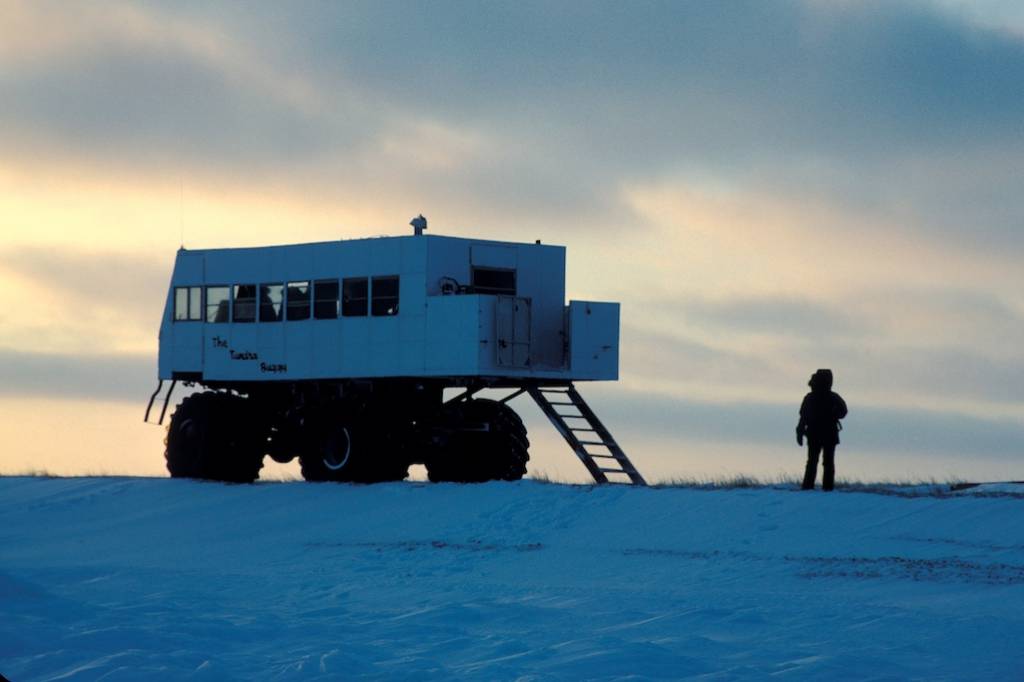
Bring your metaphorical mukluks and climb aboard a tundra buggy with Bear and me.
The trip is a whirlwind 18-hour return excursion, from Calgary to Churchill. We will tour the shores of Hudson’s Bay while a naturalist informs us about the habits and habitat of polar bears and other Arctic creatures. I hope you will ride along with us.
I will publish a journal about the trip on the weekend. There won’t be much time for scribbling while we are bouncing around the tundra in the buggy, so I have compiled a few Arctic-related stories in advance. It is a bit of a hodgepodge, so fasten your seatbelt.
ᓇᓄᖅ
ᓇᓄᖅ is the way polar bear “nanuq”, is spelled in Inuktitut.
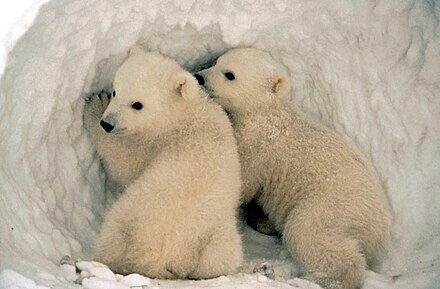
Inuit people used a spoken language, with no written characters until Europeans arrived. The symbols above, describing a polar bear, are fabrications made by 19th-century missionaries.
Phrases in the Inuktitut language often translate as a single word. The word “qangatasuukkuvimmuuriaqalaaqtunga” (ᖃᖓᑕᓲᒃᑯᕕᒻᒨᕆᐊᖃᓛᖅᑐᖓ) means, “I have to go to the airport”; which is what you and I will be doing at 4:00 AM Friday.
The Fort that isn’t a Fort
Churchill Manitoba is an old Hudson Bay Company trading post, located on the shore of Hudson’s Bay at the mouth of the Churchill River. It is about as far north as you can get without being in Nunavut.
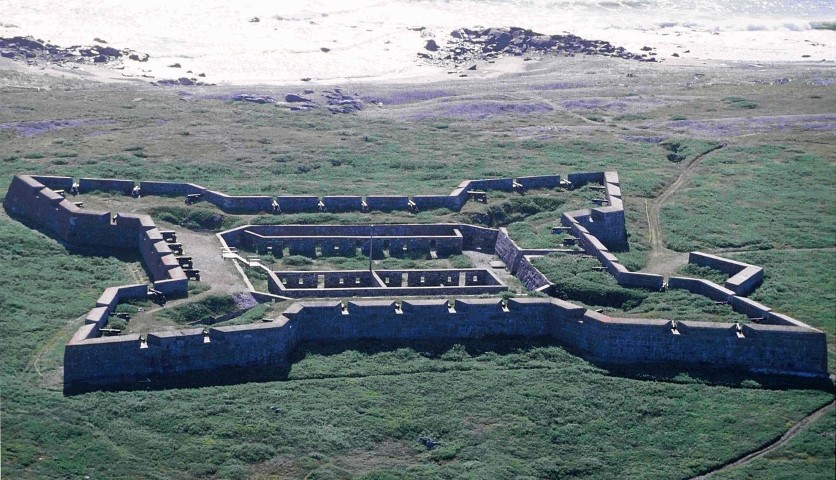
Fort Churchill is one of Canada’s oldest settlements, established in 1717.
The Fort at Churchill was built to protect furs and trade goods from pillage by natives and rival fur traders. It wasn’t meant to be used as a war fortress so, there were no soldiers on site when three French warships sailed into the bay in 1782 and took possession. Governor Samuel Herne and 39 civilians surrendered Fort Churchill without a shot.
Churchill was also involved in military operations in the 20th century. The US Air Force used it as a base during WWII, and as an ionospheric study station after the war. The Royal Canadian Navy had a U-boat detection station here during the Cold War. Churchill was considered for a nuclear testing facility in the 1950s, but a site in Australia was chosen instead.
Most recently, Fort Churchill was the site of an atmospheric rocket range.
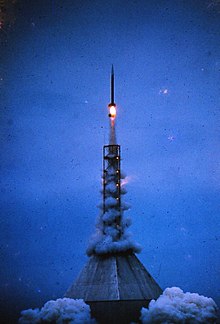
While we are in Churchill, I hope we get a chance to drive by the fort that isn’t a fort.
A Stone Polar Bear
At 2:30AM on November 5, 1995, an intruder broke into Prime Minister Jean Chretien’s residence at 24 Sussex Drive. Chretien’s wife, Aline heard a disturbance and went into the hallway where she confronted the prowler. Aline retreated to the bedroom, barricaded the room, and woke her husband.
The Prime Minister grabbed a heavy Inuit sculpture from a nightstand while Aline called the police.
RCMP officers arrived seven minutes later and arrested a knife-wielding man attempting to gain access to the Prime Minister’s bedroom.
The intruder, André Dallaire, was found guilty of attempted murder, but the judge declared the man not criminally responsible, amid overwhelming evidence he suffered from acute schizophrenia.

In another incident, a man accosted Jean Chretien at a protest rally. Luckily for the protestor that day, the Prime Minister was not armed with a stone polar bear.
The Bear at Her Bedside Table
In Inuit tradition, the hunter shows the bear his weapons and the bear chooses whether to be killed that day, or to escape.
Sculpture presented to Queen Elizabeth II and Prince Philip, Duke of Edinburgh, by the Canadian Prime Minister, Jean Chrétien, on the occasion of the Royal Visit to Canada, in 1997.
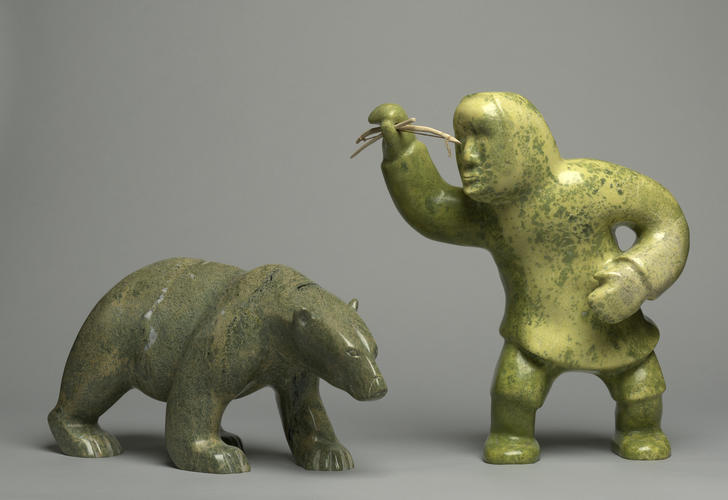
I presume the Queen kept the bear at her bedside table.
Bears in the Sky
If it is a clear night in Churchill, we may catch a glimpse of an amazing, unobstructed canopy of stars. The stars are the same ones we see from home, but with no light pollution and an entirely different constellation interpretation. The Inuit read the constellations as Arctic animals and phenomena. Pleiades constellation we know as the Seven Sisters aren’t “sisters”, they are a polar bear being attacked by six dogs. Orion the Hunter isn’t Greek, the star cluster depicts an Inuit hunter and dogs in pursuit of a wounded bear.
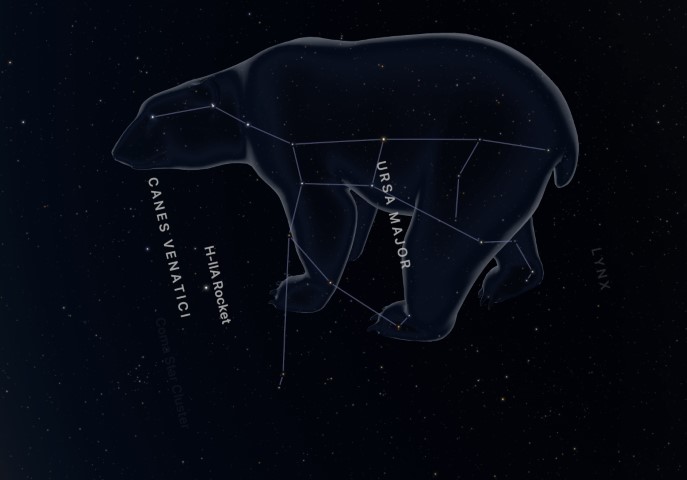
Ursa Major, the constellation we know as The Big Dipper or The Great (Brown) Bear, is interpreted by the Inuit as a giant polar bear.
Night is long in the north; with any luck we will see bears on the ground and bears in the sky.
Churchill Bear Jail
Most stories have a sad or terrifying section. This is both.
Churchill was built on an ancient polar bear migratory route. Every fall for thousands of years, bears have traveled to the mouth of the Churchill River to await the formation of ice on the bay. Once the ice forms, the bears move onto the ice flow to hunt their principal food source, ringed seal.
The town of Churchill was built smack in the middle of the polar bear’s migration route, so it is not much wonder that the two species come into conflict. People being people, residents of Churchill consider the polar bears to be the interlopers. Bears who wander into town are considered “nuisance bears”.
The town has dealt with the problem by using much the same method as we do in the rest of Canada, we throw bothersome citizens in jail.
Bears who dare to wander where their ancestors did are captured and thrown in jail, where they are tagged and then released elsewhere.
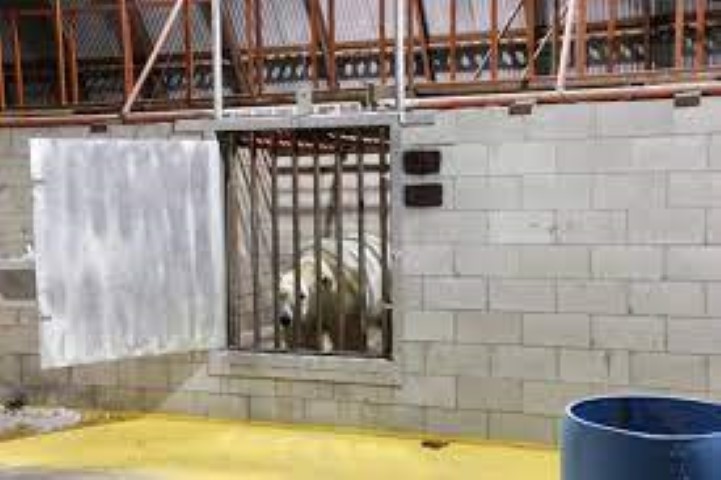
If they return, bears get another detention in Bear Jail, or worse.
I don’t have words to describe this, but Chief Victor Charlo explains it well in these excerpts from his poem, Churchill Bear Jail.
One of your first stops in Churchill is jail, bear jail which makes you feel sad and odd….
Thirty days in jail without a lawyer, without a judge, without a jury, without bail, without good time served, you realize.….
But what is the bear’s offence? That he can smell food for twenty miles? That town is built on ancient rendezvous ground. …
What about all of us who know jail for bear is truly bizarre? Do we know that spirit is on trial or what we feel for bear (our free spirit loose) rings true to our love, our care.
Where All That Wheat Went
The only personal connection I have had to Churchill up until now, has to do with grain. Churchill is the closest natural port to the Prairies, so a grain terminal and a railroad were built there in 1929. Wheat and other grains we produced on the farm were transported from Arcola to Churchill, for shipment worldwide.
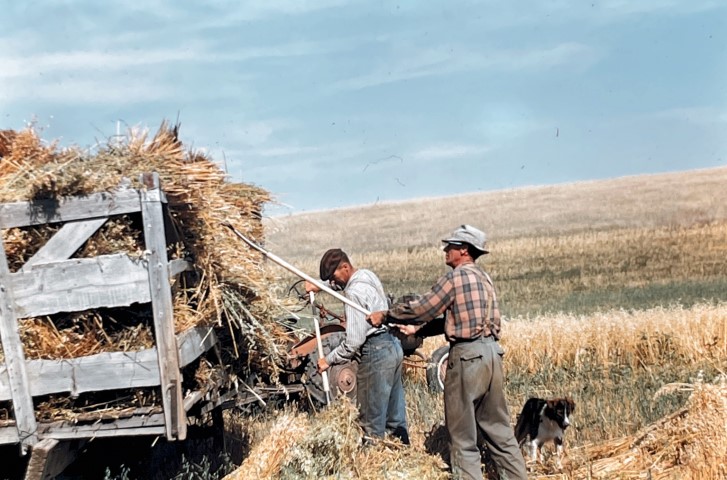
Grandpa Billie and Uncle Earl harvesting wheat for shipment to Churchill.
Me, at the Paton Family Farm Grain Terminal.
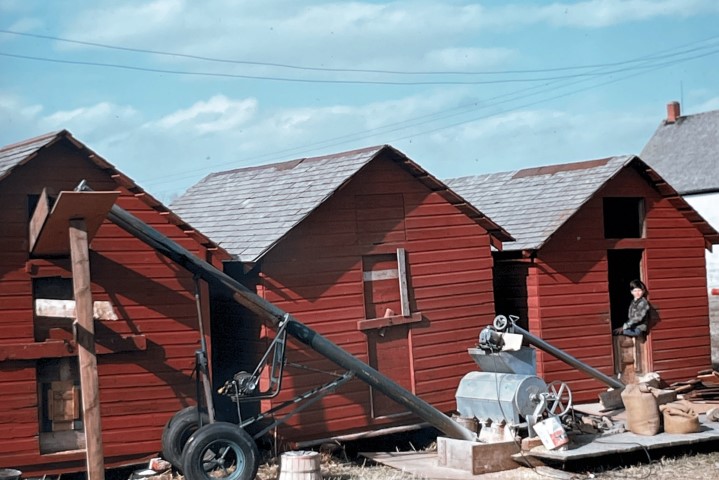
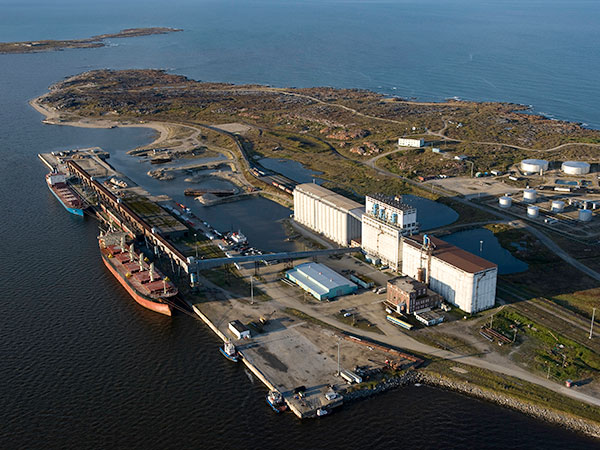
Port of Churchill Grain Terminal
I doubt that our Tundra Buggy will stop at the Churchill Grain Terminal on Friday, but it would be nice to see where all that wheat went.
Back to that coin flip; the first 2-dollar coin, or ‘Toonie’, as Canadians have named it, featured the image of an adult polar bear in early summer on an ice floe. It is a wonderful symbol that belongs to all people of Canada.
Whether you see a polar bear in a zoo, in its natural habitat, or on the flip side of a toonie, it is a majestic creature, worthy of our protection.

Human activity has placed polar bears at risk, to the point that their existence hangs in the balance. I hope that our journey tomorrow will shed some light on the polar bear’s future and what can be done to protect the species.
The destiny of the polar bear cannot be left to chance. Preservation of this Canadian icon should be engineered, not determined by …
… a coin toss.


Leave a Reply